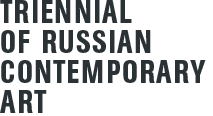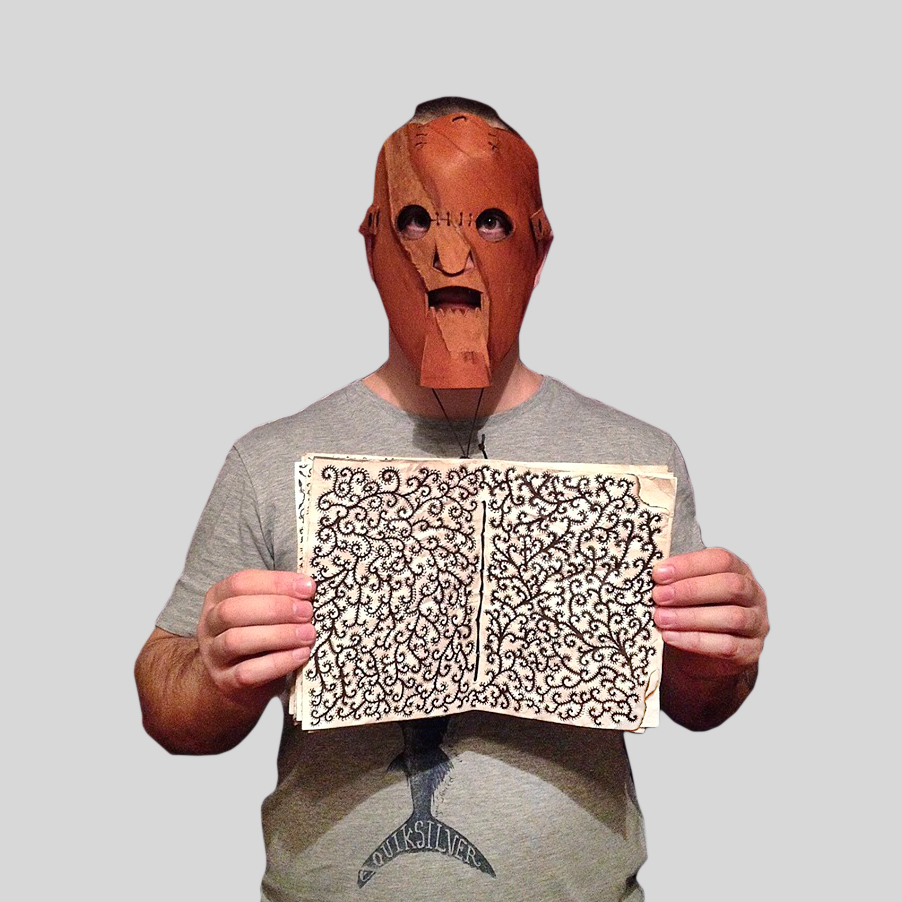Not just an artist but also a magician of sorts, Alexander Bayun-Gnutov continually rewrites and reinterprets the narrative lines of his personal and professional life. In each work he constructs a complex story with elements of mysticism and a special ritual charm. Bayun-Gnutov serves a religion that is familiar only to him, writes mysterious books that resemble runic texts, and meticulously creates an individual epic in accordance with the rules of the genre, with a hero, an antihero, and seemingly insurmountable challenges. Like all epics, Bayun-Gnutov’s includes an extremely conditional idea of time and a skeptical attitude towards the idea of the development and transformation of reality. Bayun-Gnutov is engaged in a critique of the contemporary art system and the rejection of its commonly accepted language. The Triennial presents his “grimoires”—manuscripts full of graphic and textual symbols—and videos recording the process of their creation, which takes place in an ordinary bathroom using the artist’s special technology. Although the arcane knowledge that is undoubtedly contained in these codices is unlikely to ever be revealed or deciphered, the sense of the total inaccessibility of information and the ornamental power of the various codes conditions our reality much more profoundly than the light of truth or the prospect of it.
BIOGRAPHY
Alexander Bayun-Gnutov (b. 1976, Saratov, Russia) lives and works in Saratov. He studied at Saratov Art School. In 2003, he joined the group Volga Drive. Group exhibitions include: Cats in the Manege, New Manege, Moscow (2015); Horizontal, Guslitsa Art Estate, Moscow Region (2015); Art Squat Forum, Arthouse Residential Complex, Moscow (2012); Empty Sign, M’ARS Center for Contemporary Arts, Moscow (2008); Pusto video festival, Moscow (2007); Selection video festival, Moscow (2007); IZOLENTA video festival, St. Petersburg (2007); Pusto video festival, Moscow (2006); Selection video festival, Moscow (2006); IZOLENTA video festival, St. Petersburg (2006); Art Digital 2004, M’ARS Center for Contemporary Arts, Moscow (2005); and Pusto video festival, Moscow (2005).


